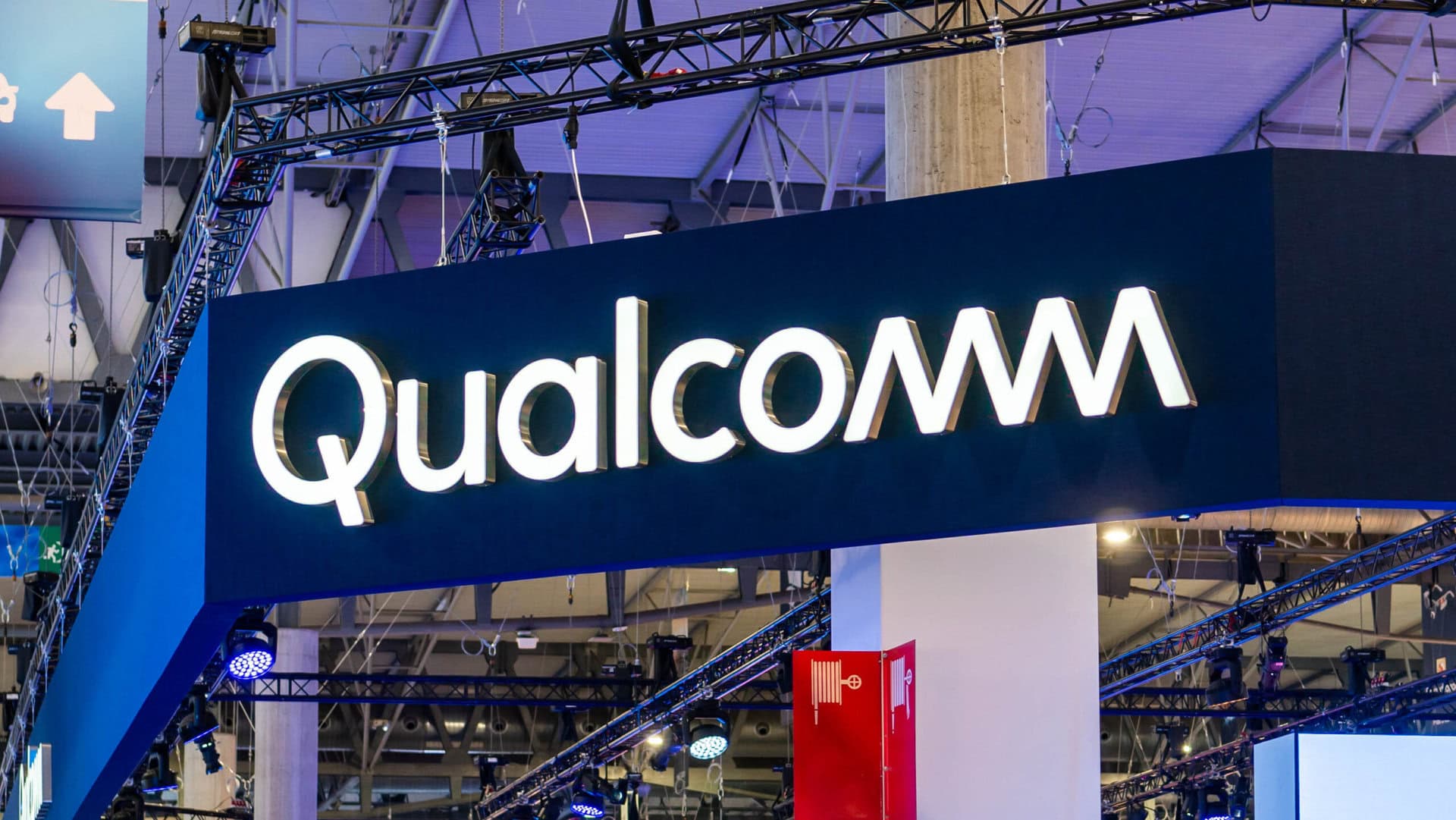In the fast-evolving world of semiconductors, Qualcomm Incorporated (QCOM) and Advanced Micro Devices, Inc. (AMD) represent two distinct yet interconnected forces driving innovation in the global chip industry. Qualcomm has long been synonymous with mobile connectivity, while AMD has positioned itself as a leader in high-performance computing and artificial intelligence. Together, they offer a compelling picture of how the semiconductor landscape is shifting from traditional consumer electronics toward data-driven infrastructure.
Qualcomm’s Position and Recent Developments
Qualcomm remains a cornerstone of wireless technology, best known for its Snapdragon chips and leadership in mobile modems and RF front-end systems. In 2025, the company deepened its reach into high-speed connectivity by announcing its intent to acquire the UK-based semiconductor firm Alphawave IP Group for approximately 2.4 billion dollars, a move aimed at strengthening its data infrastructure and wired connectivity business. This acquisition signals Qualcomm’s growing ambition to diversify beyond smartphones and into automotive, Internet of Things, and data center solutions.
Financially, Qualcomm continues to present a stable picture. The company’s forward price-to-earnings ratio stands around 14, suggesting a moderate valuation compared to peers. Its dividend yield hovers close to 2 percent, reflecting consistent shareholder returns. According to the company’s investor relations reports, revenue grew around 10 percent year over year, while profitability remained strong. However, despite these steady fundamentals, Qualcomm’s stock performance has lagged behind some market expectations. The core smartphone market has matured, and new growth areas such as automotive and IoT remain in development phases that require substantial investment. The challenge for Qualcomm is to maintain profitability while shifting toward sectors that offer longer-term, infrastructure-level growth.
AMD’s Growth and Strategic Focus
In contrast, AMD has pursued a more aggressive expansion strategy. Under the leadership of CEO Lisa Su, the company has transformed itself into a major competitor in CPUs, GPUs, and AI accelerators. AMD’s Q2 2025 financial results reported revenue of approximately 7.7 billion dollars, up around 32 percent from the previous year. Its earnings per share were 0.48 dollars, roughly in line with market expectations. The company’s growth has been driven by strong demand for its Ryzen processors, EPYC server chips, and data center GPUs, particularly within AI and cloud segments.
Analysts remain broadly optimistic about AMD’s trajectory. Many rate the stock as a Buy, citing its growing presence in AI computing and server infrastructure. However, competition from larger rivals such as Nvidia remains intense, particularly in the high-end AI accelerator space. AMD’s challenge will be to maintain its momentum in an environment where technological innovation moves at breakneck speed and supply chains remain complex.
AMD’s positioning in the secular AI boom could prove to be its most important advantage. As global demand for compute power accelerates, AMD’s blend of CPU and GPU technologies offers a versatile foundation for AI workloads. If execution continues to meet expectations, AMD could capture a larger share of this fast-growing market and further solidify its standing among the top semiconductor firms.
Comparative Analysis: Two Paths in the Same Industry
Comparing QCOM and AMD reveals a clear contrast in strategic orientation. Qualcomm operates from a foundation of stability and diversification, offering investors consistent income and exposure to essential communication technologies. Its success depends on expanding beyond smartphones into emerging connectivity ecosystems. AMD, by contrast, represents a higher-growth, higher-risk investment thesis centered on computing performance and AI. Its upside potential is significant but tied closely to execution and competitive dynamics in the high-performance chip market.
The semiconductor sector as a whole remains buoyed by several long-term trends, including artificial intelligence, cloud computing, 5G expansion, and the growing need for data center infrastructure. However, the industry is also cyclical, with frequent fluctuations in demand, inventory build-ups, and high R&D costs. For investors, the choice between Qualcomm and AMD may come down to risk appetite: Qualcomm offers stability with moderate growth, while AMD promises higher potential returns coupled with greater volatility.
Looking Ahead
The competition between Qualcomm and AMD illustrates the broader transformation of the semiconductor landscape. Qualcomm is repositioning itself as a connectivity and systems company, while AMD is racing to capture the next wave of compute and AI demand. Both face different risks but also share a role in powering the technologies that define modern life. Their performance will continue to serve as a barometer for how innovation and market expectations interact in one of the world’s most vital industries.
Sources: Reuters, AMD Investor Relations, Qualcomm Investor Relations, Bloomberg
Note: All information in this article is based on verified public data and credible sources available at the time of writing.
